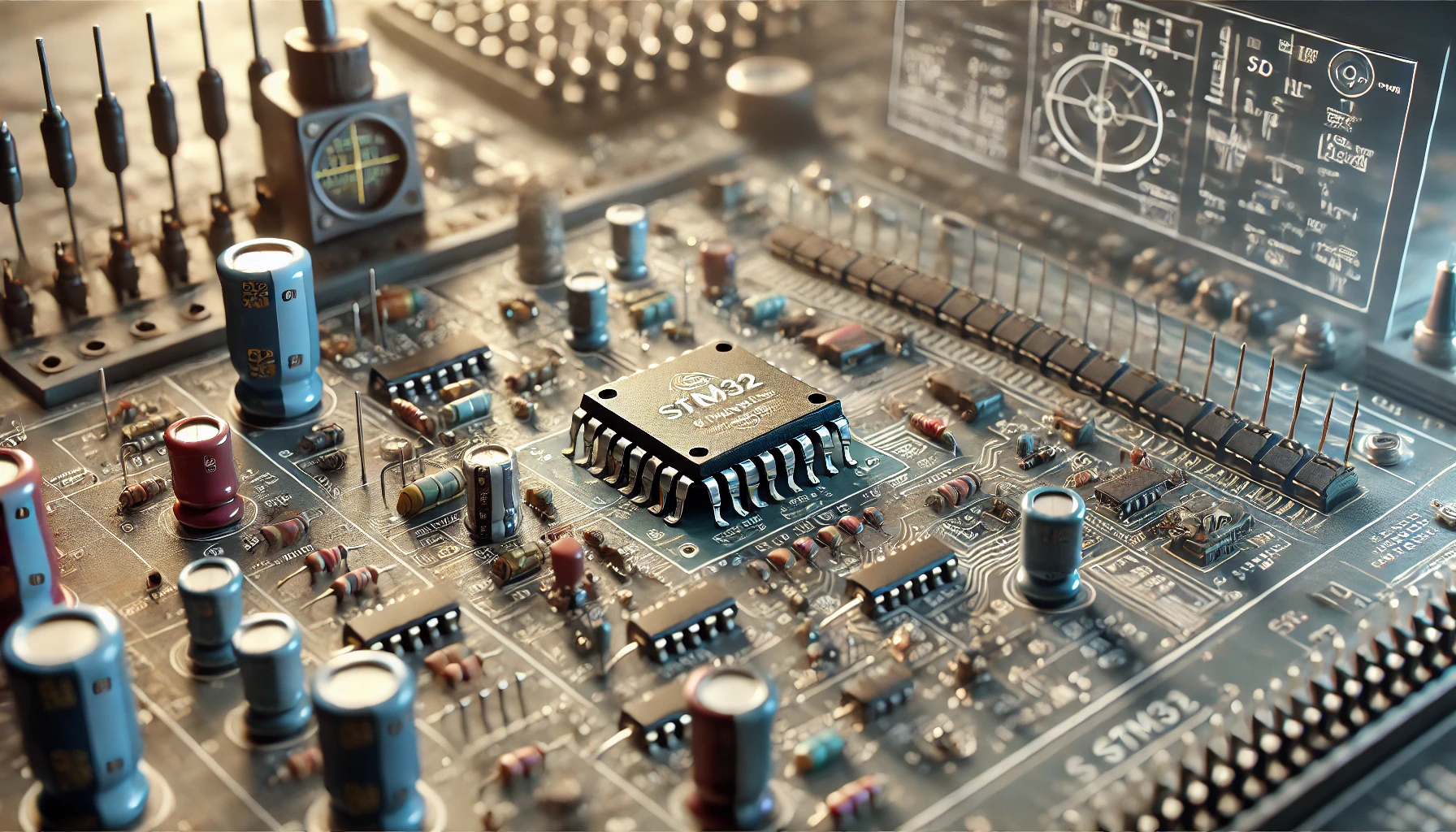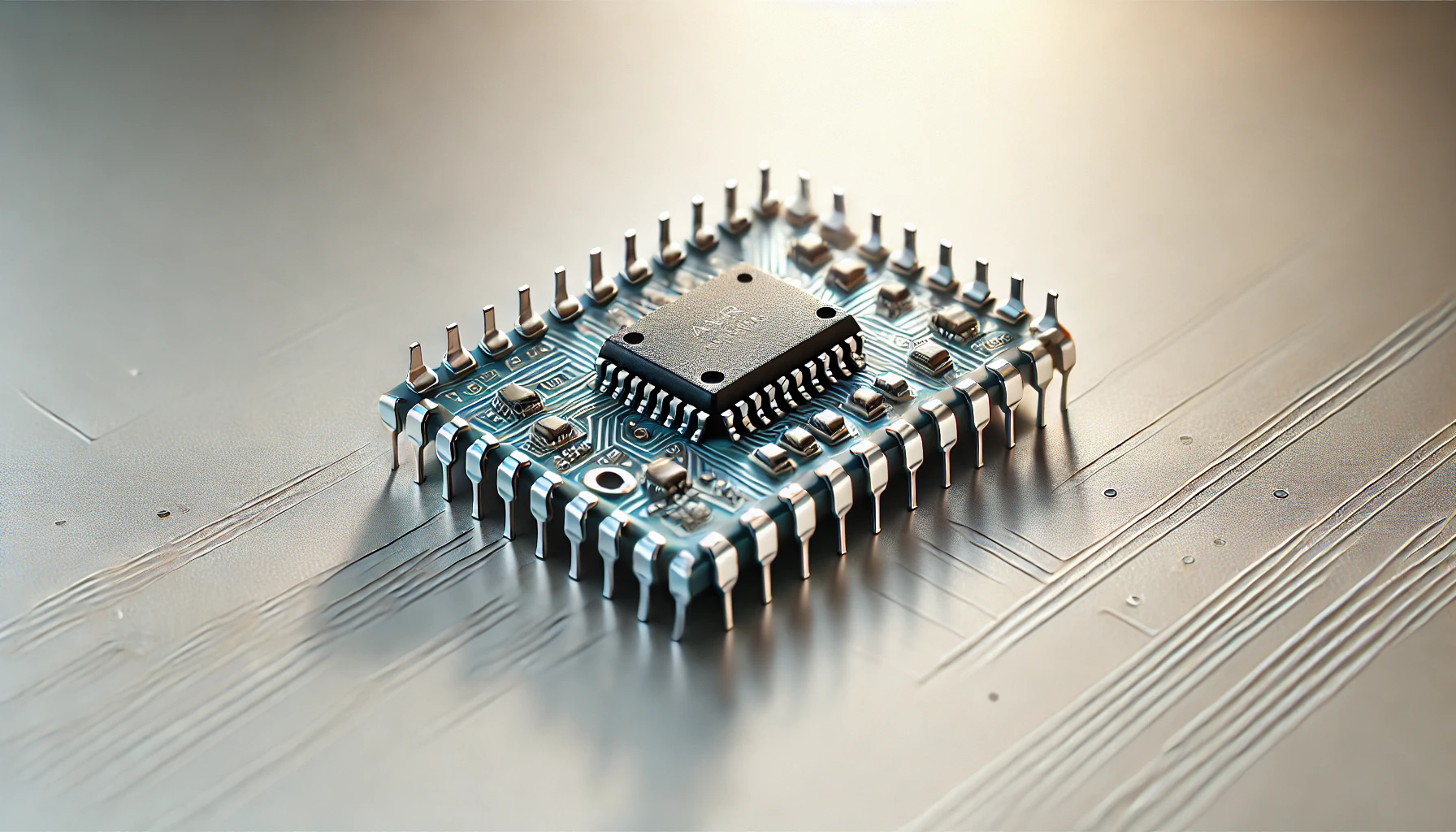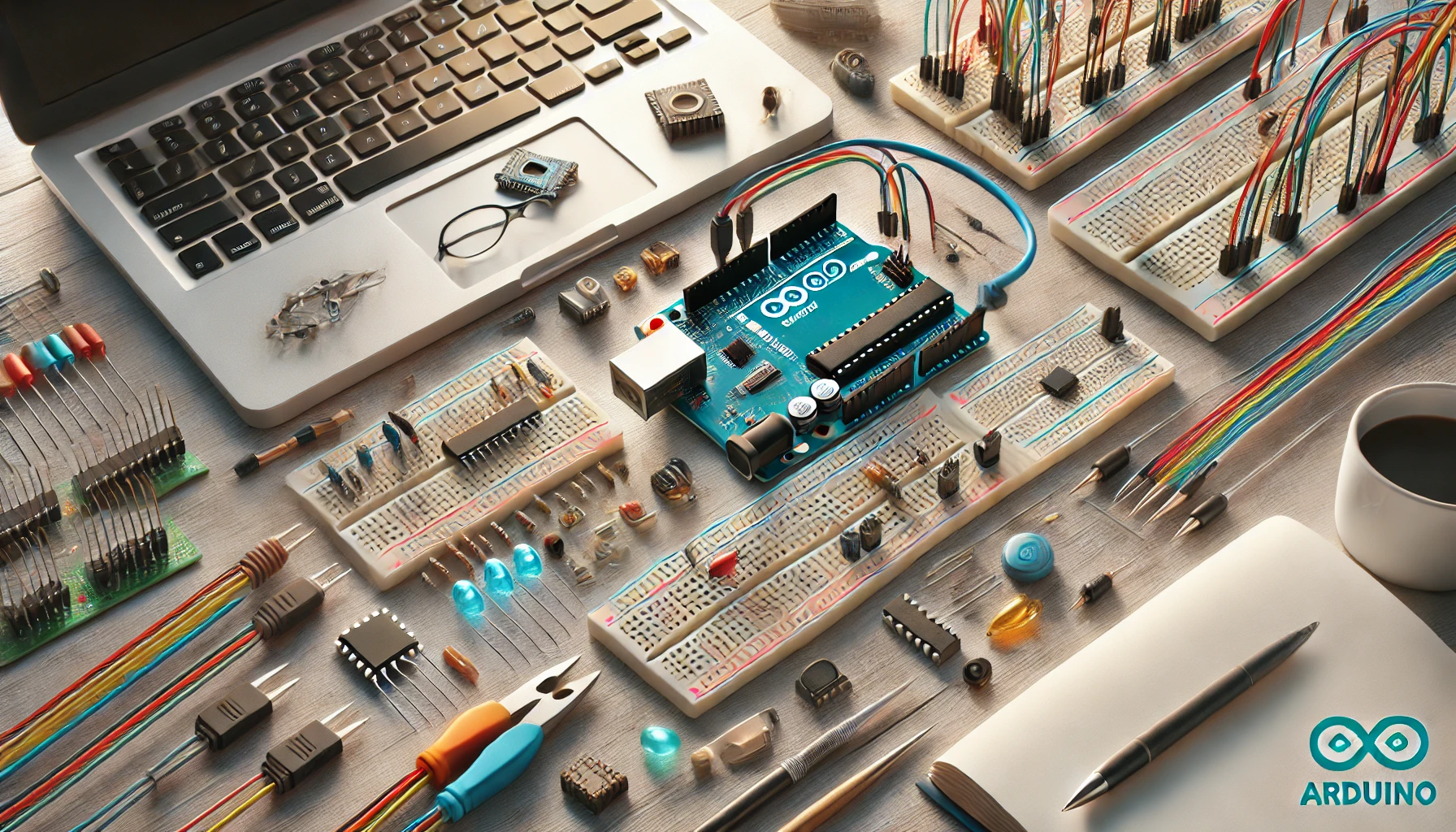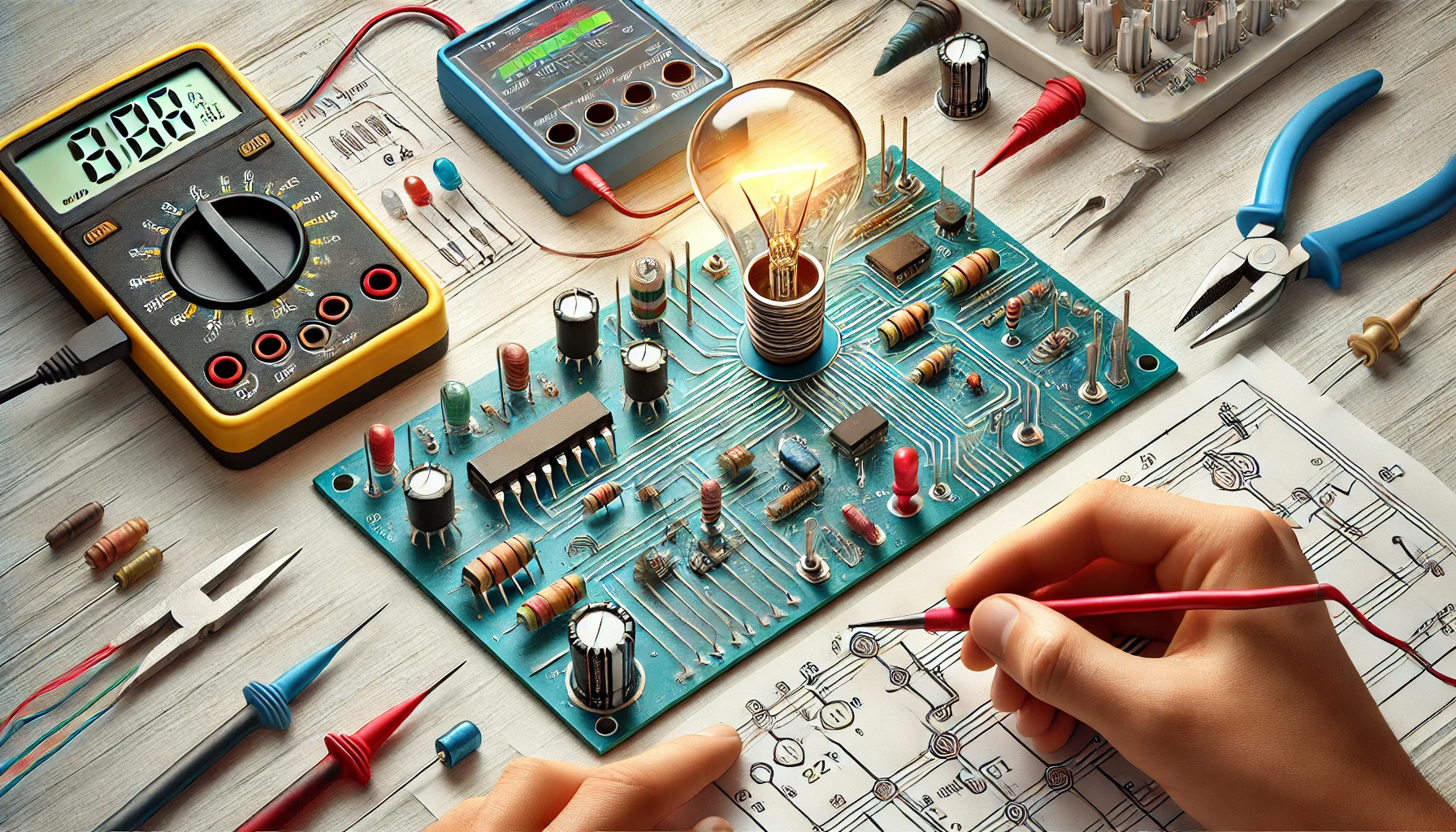
Introduction to STM32 Microcontrollers Architecture, Features, and Applications , Microcontrollers have become the backbone of modern embedded systems, enabling the creation of devices that are smarter, more efficient, and highly versatile. Among the vast array of microcontrollers available in the market, the STM32 family from STMicroelectronics stands out as one of the most popular and powerful series. This article provides a comprehensive introduction to STM32 microcontrollers, focusing on their architecture, key features, and practical applications.
What is an STM32 Microcontroller?
The STM32 microcontroller family is based on ARM Cortex-M cores and is designed to offer a balance between performance, power efficiency, and scalability. Since its launch, STM32 has been a go-to choice for developers working on projects that range from simple IoT devices to complex industrial automation systems.
STMicroelectronics has categorized the STM32 family into multiple series, each tailored for specific needs. For instance:
- The STM32F series targets general-purpose applications.
- The STM32L series emphasizes ultra-low power consumption.
- The STM32H series is designed for high-performance tasks.
- The STM32G series offers general-purpose and cost-effective solutions.
This segmentation allows developers to choose the right microcontroller based on the specific requirements of their project.
Architectural Overview of STM32 Microcontrollers
The core of STM32 microcontrollers is based on ARM Cortex-M architectures, which are widely known for their energy efficiency and robust performance. Depending on the series, an STM32 microcontroller may use one of the following ARM cores:
- Cortex-M0/M0+: Ideal for entry-level, low-power applications.
- Cortex-M3: Balanced for general-purpose applications.
- Cortex-M4: Includes a Floating Point Unit (FPU) for more complex calculations.
- Cortex-M7: Designed for high-performance applications requiring intensive processing.
- Cortex-M33: Found in the newer STM32 devices, integrating security features like TrustZone.
Key Architectural Features:
- Flexible Clock Configuration: STM32 microcontrollers provide a robust clock tree, allowing developers to optimize power consumption and performance.
- Advanced Peripherals: Each STM32 chip comes equipped with a wide range of peripherals, such as ADCs, DACs, UARTs, SPIs, I2Cs, CAN, and USB interfaces.
- Interrupt System: The Nested Vectored Interrupt Controller (NVIC) provides efficient handling of interrupts, enabling responsive and real-time operation.
- Power Management: STM32 microcontrollers feature multiple low-power modes, making them suitable for battery-operated devices.
- Integrated Debugging and Programming: The integrated SWD (Serial Wire Debug) and JTAG interfaces simplify development and debugging.
Features That Set STM32 Apart
- Scalability and Variety
STM32 microcontrollers come in a vast range of configurations, including variations in pin count, memory size, and peripheral options. This scalability ensures that there is an STM32 chip suitable for nearly any application, whether it’s a small wearable or an advanced automotive system. - High-Performance Computing
With options like Cortex-M7 and dual-core configurations (e.g., STM32H7 series), STM32 microcontrollers deliver exceptional computational power. This makes them ideal for applications such as digital signal processing, motor control, and advanced graphics. - Rich Ecosystem
STMicroelectronics supports developers with an extensive set of tools, including:- STM32CubeMX: A graphical tool for configuring microcontrollers and generating initialization code.
- STM32CubeIDE: An integrated development environment for coding, debugging, and testing.
- HAL and LL Libraries: Software libraries that abstract hardware complexity and speed up development.
- Low Power Consumption
The STM32L series, in particular, is optimized for ultra-low power consumption, making it ideal for IoT devices, medical equipment, and wearables. - Integrated Security Features
Many STM32 microcontrollers include security enhancements like TrustZone, secure boot, and cryptographic acceleration, addressing the growing need for cybersecurity in embedded systems.
Applications of STM32 Microcontrollers
Thanks to their versatility, STM32 microcontrollers are used in a wide range of industries. Some key application areas include:
1. IoT and Smart Devices
STM32 microcontrollers are a popular choice for IoT projects due to their low power consumption, built-in connectivity options (such as Bluetooth and Wi-Fi), and wide range of sensors. For example, an STM32 chip might power a smart thermostat that collects environmental data, processes it locally, and sends it to the cloud.
2. Industrial Automation
With robust peripherals and real-time capabilities, STM32 microcontrollers are widely used in industrial equipment for tasks like motor control, predictive maintenance, and sensor data processing.
3. Consumer Electronics
Many consumer products, from fitness trackers to smart home devices, leverage the low power and computational efficiency of STM32 microcontrollers.
4. Automotive
STM32 microcontrollers support protocols like CAN and LIN, making them suitable for applications like engine control, in-vehicle communication, and infotainment systems.
5. Medical Devices
Precision and reliability are critical in medical equipment, and STM32 microcontrollers deliver on both fronts. They are used in devices such as blood glucose meters, portable ECGs, and infusion pumps.
Why Choose STM32 for Your Project?
STM32 microcontrollers strike a perfect balance between performance, power consumption, and cost. Their broad ecosystem, extensive documentation, and active developer community make them an attractive option for both beginners and experienced professionals.
For instance, if you’re prototyping an IoT device, the combination of STM32CubeMX for rapid configuration and the STM32L series’ energy efficiency can significantly reduce your development time. On the other hand, if you’re working on a high-performance system like a motor controller or an audio processor, the STM32H series offers the raw computational power needed to meet demanding requirements.
Conclusion
STM32 microcontrollers have earned their reputation as a trusted choice for embedded system development. With their robust architecture, extensive feature set, and comprehensive ecosystem, they empower developers to create innovative solutions across a wide range of industries.
Whether you’re a hobbyist venturing into embedded programming or an industry professional tackling complex challenges, the STM32 family provides a powerful and flexible platform to bring your ideas to life. The combination of cutting-edge technology and practical usability ensures that STM32 microcontrollers will continue to play a pivotal role in shaping the future of embedded systems.
Introduction to STM32 Microcontrollers Architecture, Features, and Applications





Comments (0)